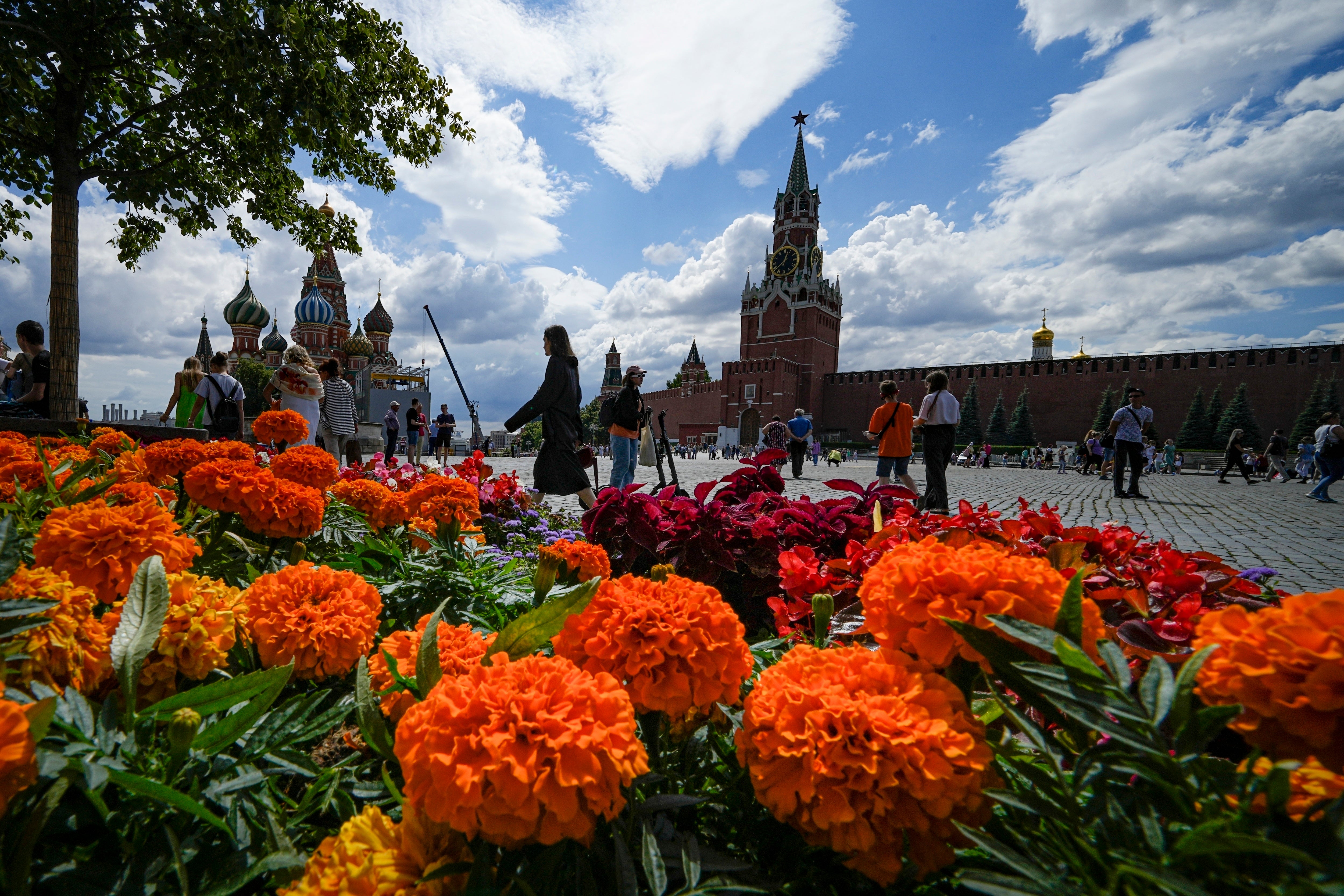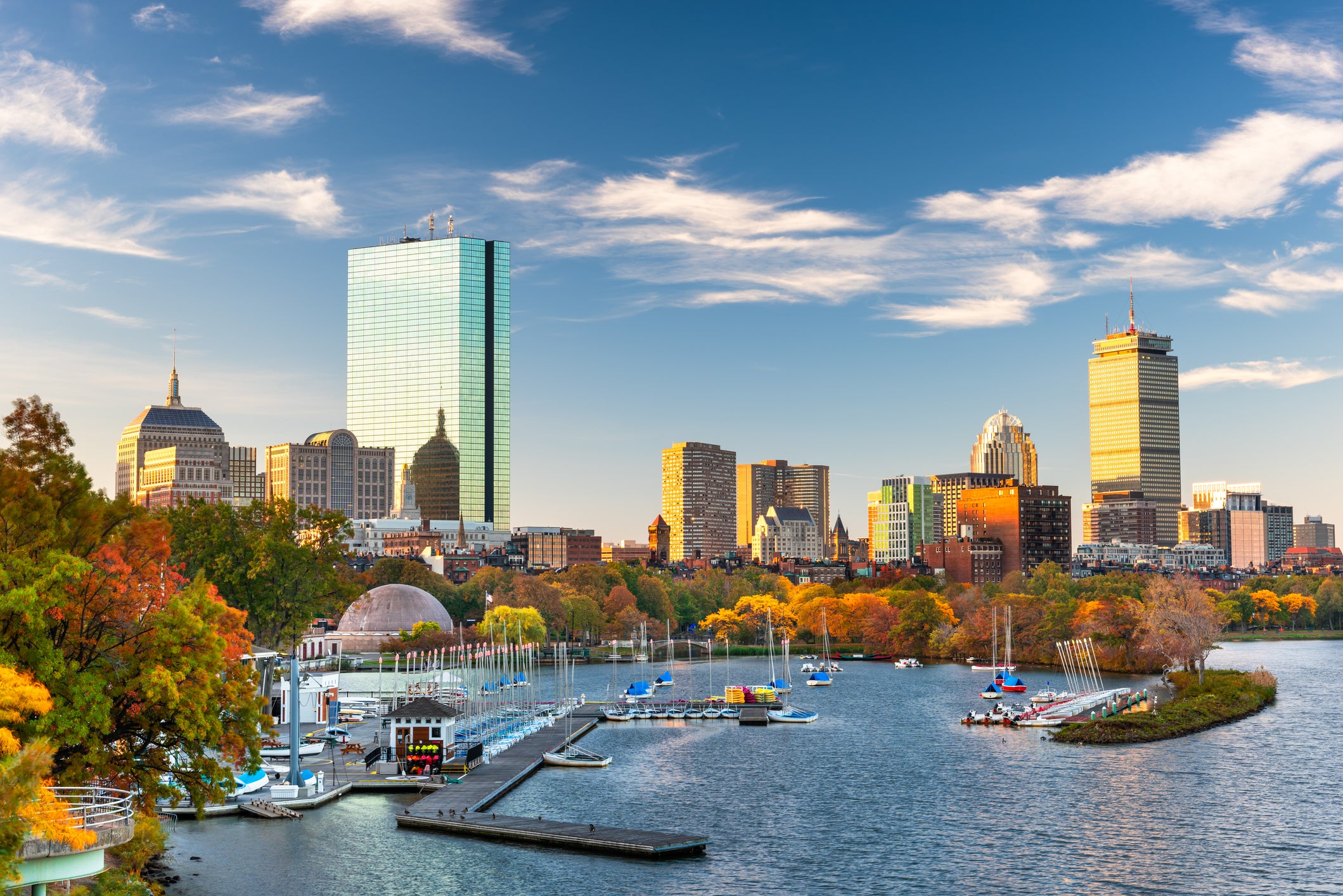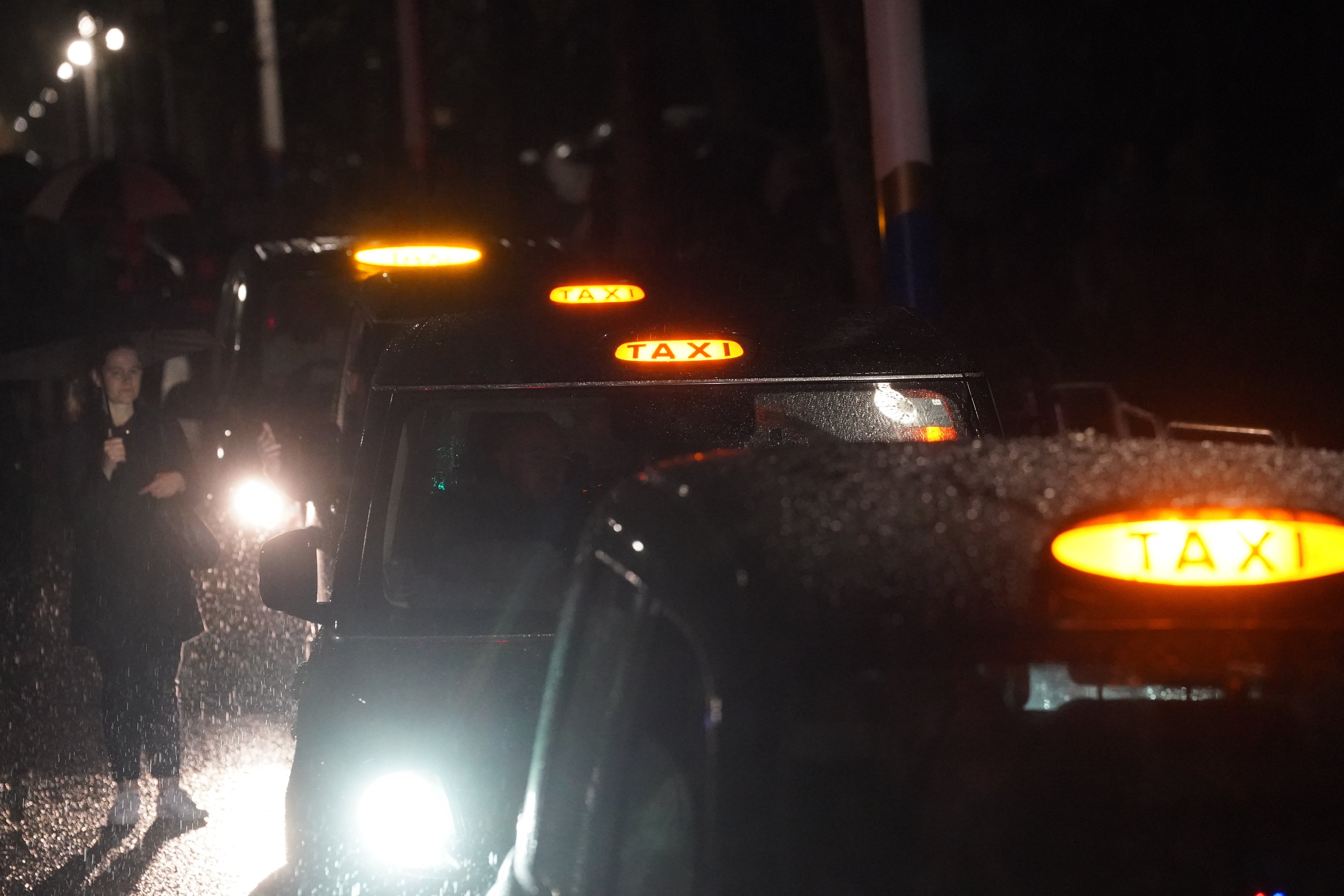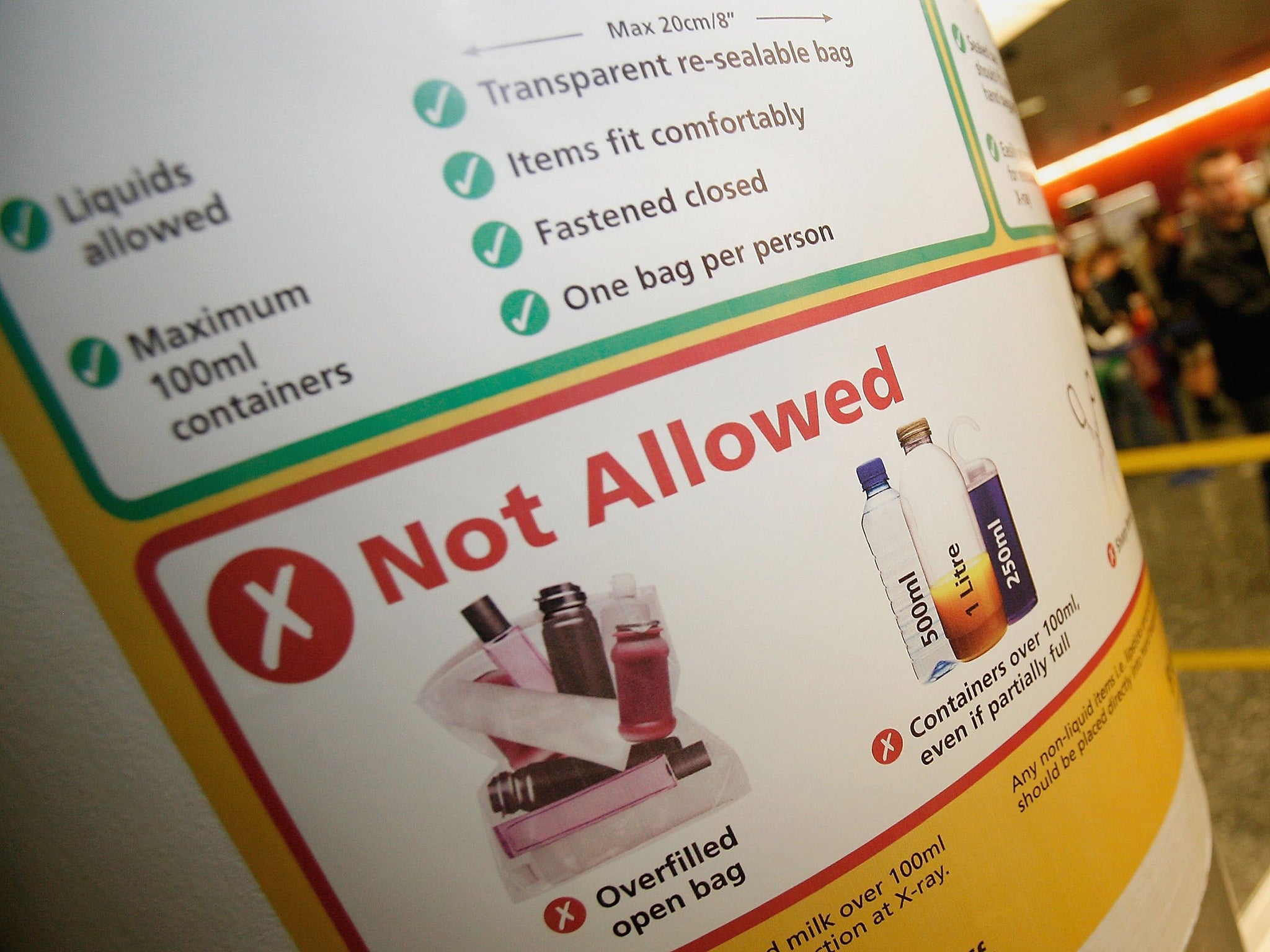Will Russia be declared a terrorist state by the West?
Simon Calder answers your questions on future visits to the Kremlin, how to travel to Boston without breaking the bank, taxis and rules on liquids


Q I see that anyone who has visited Cuba since 2011 is not allowed to use the Esta scheme to visit the US – even though the country was only put on Washington’s “State Sponsor of Terrorism” list in 2021. If Russia is declared a terrorist state, do you think the same will apply, backdated also?
Neville H
A Your question is timely and important. Over the past two weeks I have been studying with mounting alarm the US authorities’ policy for anyone who happened to visit Cuba in the decade before it was declared a “State Sponsor of Terrorism”. You must pay £137 and attend an interview at the US embassy rather than spending 10 minutes and £18 applying online for an Esta. (So long is the post-Covid backlog for interviews, by the way, that the earliest appointment is in February 2023.)
In one of his last acts as US president, Donald Trump added Cuba to the American list of nations that have “repeatedly provided support for acts of international terrorism”. However implausible a designation that might be, his successor, Joe Biden, has left the designation in place. Effectively, the Americans are saying that if you were foolish enough to take a holiday in the Caribbean’s biggest and most beautiful island at any time over the past 11 years, you have written off the chance of smooth and easy access to the US.
In practice, many British travellers who have visited Cuba during the offending decade have travelled to the US on an Esta without a problem. The current form does not mention the island. The main way a frontier official would discover a visit is from a Cuban visa stamp. A new passport will “launder” that status. But I must repeat the State Department insistence that: “Any visit to an SST on or after March 1, 2011, even if the country was designated yesterday, renders the applicant ineligible for Esta.”
Russia certainly meets the test as a country that has “repeatedly provided support for acts of international terrorism” – so it is surely only a matter of time before Putin’s misdeeds catch up with him. If and when this happens, the US State Department will presumably backdate the ban on getting an Esta to March 2011, as with Cuba. But it will affect far fewer travellers because Cuba is much more popular among British holidaymakers than Russia.

Q Last week we booked British Airways flights to Boston for next summer (using Avios, going business class). Our excitement has somewhat been tempered by the fall of the pound against the dollar. Should we cancel and go elsewhere or hope the pound recovers?
Alistair W
A At the time you committed to your trip, assuming it was before the chancellor’s “mini-Budget”, the pound was in pretty poor shape against the US dollar: a mid-market rate of about £1 to $1.13. As I write late yesterday afternoon, it is down to $1.07. As recent events have shown, there can be sudden and spectacular moves in the value of sterling. What the value will be in nine or 10 months is anyone’s guess. But I can provide some context that you may find useful.
When sterling was last at these levels, in 1985, British tourists continued to travel to the US and, I can testify, we still enjoyed ourselves. Agreed, possibly not as much as in the second half of 2007, when you could at times get more than $2 for each pound. The economic fundamentals point towards sterling staying in the doldrums relative to the dollar, and therefore I predict (with an enormous amount of room for error) that £1 will be worth $1.20 – not as unfavourable as right now, but still pretty painful.
Fortunately, for every occasion of travel spend in the US, there are ways to economise. Accommodation is likely to be your biggest cost. You have plenty of time to try to organise a house swap with someone in the Boston area who wants to head for the UK to take advantage of the amazing value. But if this doesn’t appeal (or doesn’t materialise), a cheap chain hotel or rented apartment could be the best solution; thanks to Boston’s excellent public transport, you could be out in the suburbs without diminishing the experience.
Then it is simply a matter of choosing economy options. From Boston airport you can take the free Silver Line bus to downtown (with connections to anywhere else in the city), rather than a cab. The Museum of Fine Art has some free days each year, which may work for you. Excellent free attractions include many of the historic sights administered by the National Park Service. And if anyone in your party happens to be named Isabella, they qualify for free lifetime admission of the superb Isabella Stewart Gardner Museum.

Q Are there any cab firms you would recommend at London Heathrow? Here’s the situation. I am flying from Heathrow via Paris to Costa Rica. The flight is at 6.20 am. I pre-booked an airport hotel at Terminal 4, but then Air France moved its services to Terminal 3. I have been told I must be there at 3.20am. Public transport isn’t running. Taxi services I have called are quoting up to £60 which is the same as it costs from my home over an hour away! I can’t cancel the hotel as I booked it at a bargain rate. What do you advise?
Name supplied
A I recommend that you enjoy your night at Terminal 4, and catch the first train from that terminal’s railway station to the central area – serving Terminals 2 and 3. It leaves at 5.16am and takes just four minutes. Add a five-minute walk to the check-in area, and you will be there nicely at 5.25am. France says its minimum check-in time is 40 minutes, so that gives you 15 minutes for unexpected hold-ups. Given that the timing is fairly tight, in your position I would make my presence known at check-in. Jump the queue (politely, of course), because most passengers by then will be lining up for subsequent flights. Of course, airlines like to have all their passengers at the terminal good and early. It means they can process people at the optimum pace (for them), rather than everyone showing up shortly before check-in closes. But in your case, I think you can hold Air France responsible – and politely request the airline does all it can to get you checked in and on your way.
I agree, it’s not quite the cushion that most of us would want before a long journey like yours, but in the circumstances I would certainly recommend it to save £60. And the train is free.

Q Why are the “liquids rules” still in force? We were told they were a temporary measure but they look permanent.
Andreas, a fellow passenger aboard British Airways flight 921 from Stuttgart to London Heathrow
A It is 16 years since the “liquids rule” was introduced for airline passengers’ cabin baggage. The ban on liquids, aerosols and gels – known in aviation as “LAGs” – was brought in during 2006 following the dramatic uncovering of a plan to blow up transatlantic planes flying from the UK. The plot involved assembling bombs in flight from ingredients brought through airport security.
Within weeks, the current all-too-familiar rules took effect. Global regulations currently ban anything that can vaguely be classed as a liquid except in containers under 100ml – which themselves must be inside a transparent, resealable plastic bag that holds no more than a litre. The rules are intended to prevent terrorists bringing liquids on board a plane in sufficient quantities to be able to improvise an explosive device.
The restrictions were always seen as a temporary solution, with technology expected to make limits unnecessary. Computed tomography (CT) – as used in medical scanners – can assess whether any substance presents an explosive threat. Airlines and airports fondly imagined that the days of having to separate out liquids (and laptops) would soon be over.
The trouble is: there needs to be large-scale investment in these very expensive machines, and international coordination so that major airports are all on the same page with common standards of technology. If not, passengers will encounter confusing and contradictory rules.
During the coronavirus pandemic, getting rid of the liquids rules was seen as one of the “nice to have” projects that could be put on the back burner. With aviation facing huge financial pressure, investing in new kit is certainly not a priority.
So I am afraid I see no immediate prospect of widespread easing of the rules. Instead, expect the occasional piecemeal improvement – such as that offered at Shannon airport in the west of Ireland. It has dropped the 100ml size restriction on containers, and simply asks for liquids in cabin baggage to be placed fairly near the top.
Email your question to s@hols.tv or tweet @simoncalder


Join our commenting forum
Join thought-provoking conversations, follow other Independent readers and see their replies
Comments